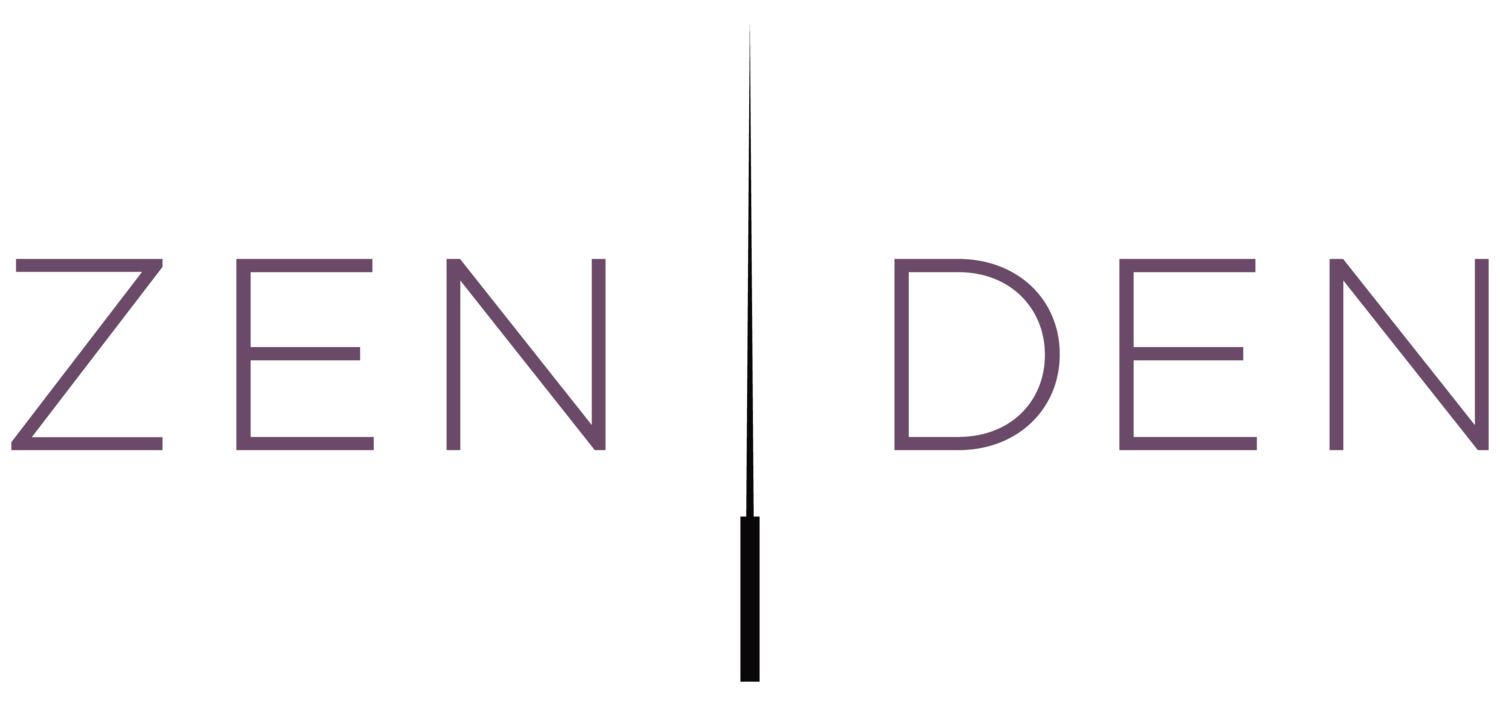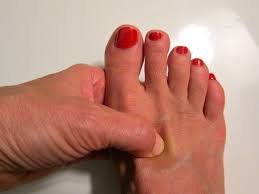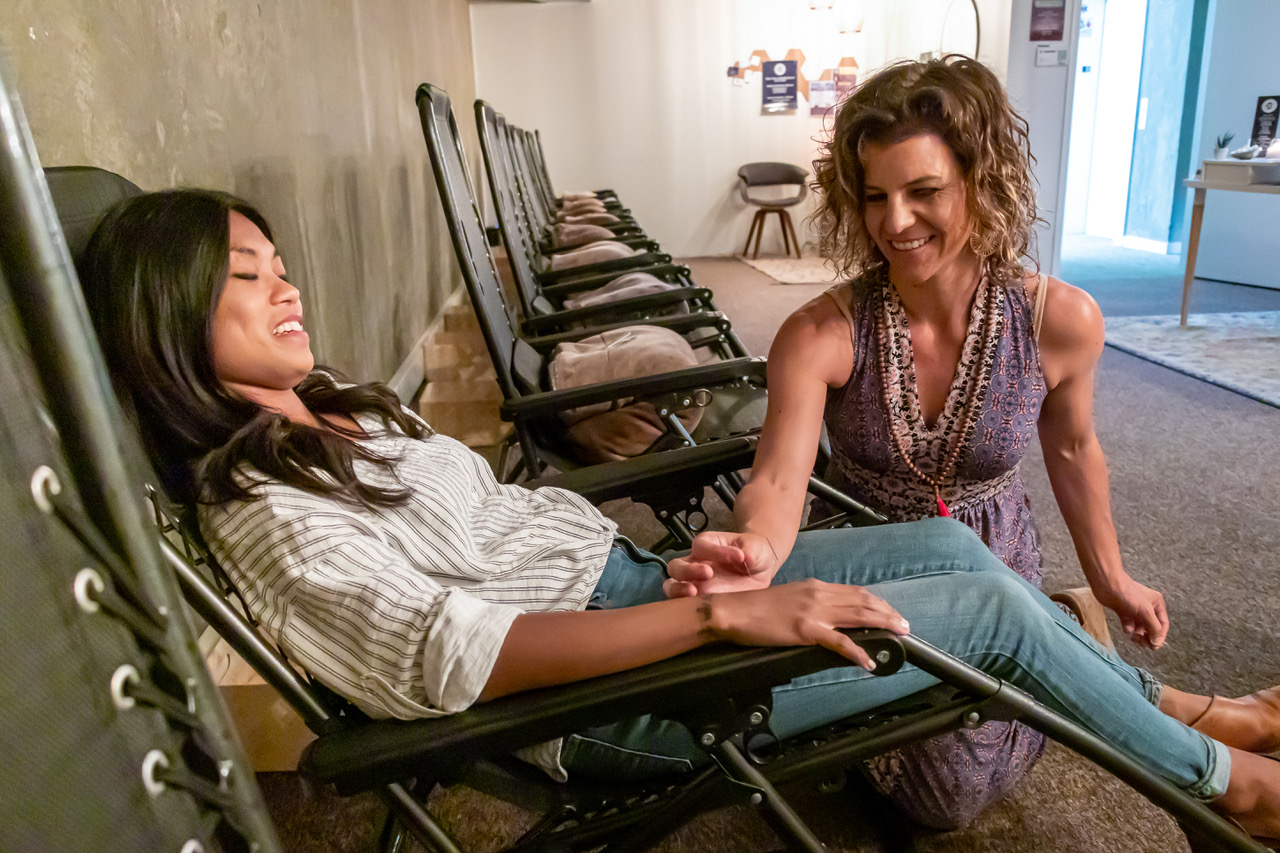Anxiety disorders are the most frequent type of mental illness in the United States, with over 19 percent of the adult population, or 40 million people, suffering from one each year. An anxiety condition affects approximately 30% of the population at some point in their lives. While some who suffer from anxiety try various therapies and medications, others prefer a more holistic approach such as acupuncture for anxiety.
As a sliding scale community acupuncture clinic, we have made it our mission to be accessible and affordable for our community regardless of financial circumstances.
At the Zen Den, we know that acupuncture is a powerful and effective tool for helping the body deal with and adapt to stress. We also know that sometimes the most stressful periods in our life are also times when we are the most financially squeezed as well. Nothing brings us greater joy than providing a safe space and an effective,affordable treatment for those in need.
How Does it Work?
By stimulating specific energy points in the body with needles, clinical studies have found that acupuncture has the ability to lower cortisol levels and release pain relieving neurotransmitters and hormones which allow your body to feel good.
When you feel good you make better choices, and when you make better choices you feel even better. This creates a synergistic effect that overtime raises your vibration and puts you in a better place to deal with all that life throws at you.
How Many Treatments Do I need?
The number of required treatments is determined by the severity of your condition and how readily your body responds. The majority of patients have a weekly appointment. Others receive treatment on a greater or less frequent basis, depending on the duration of the effects.
Your acupuncturist can provide a treatment plan that is personalized for you. On the first or second appointment, you may not experience all of the benefits of acupuncture. You should give acupuncture at least five treatments to experience results if you decide to try it.
While most patients prefer weekly visits, some patients have found that regular and frequent acupuncture not only helps them cope with stress, they find they simply feel healthier and more vibrant with 3-5 acupuncture visits a week. Luckily with our membership programs, this is more affordable than ever.
*Stay Tuned for part 2 of this blog post: Acupressure Points for Anxiety and Stress Relief!















